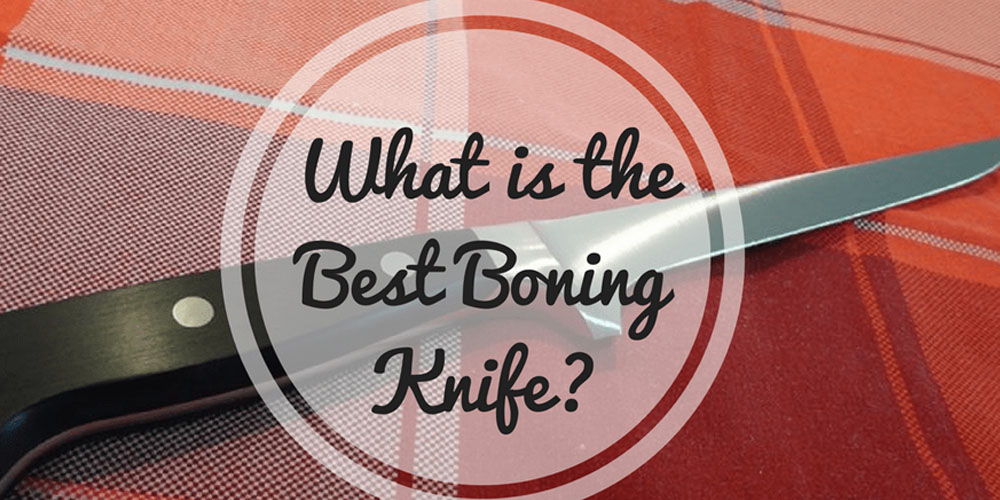Knives are a must-have in any kitchen. There exists a distinct sort of blade for each purpose; however, this article focuses on boning knife kitchen. You'll find answers to common questions, including "What are the uses of a boning knife?" and " What makes it distinct from some other knives?".
You'll also learn how to use boning knives as well as how to hold them correctly. There are also a few recommendations and suggestions about what to search in it while buying the finest boning knife.
Boning Knife
The blade of a boning knife is sharp, narrow, and flexible, making it easy to extract the bones and skin of fish and meat. Its carefully constructed curved blade allows you to slice the meat neatly off from its bones without wasting any. It also helps to slice tiny and accurate fish and meat pieces.
What Kind of Boning Knife Should You Use?
The tastiest section of the flesh is usually the one closest to bones. If you're not using a proper boning knife, the most delicious part of the meat will remain stuck on the bones. This is what occurs when you try to complete this task with a regular knife.
If you could fillet a fish, cut a beef, or perhaps even carve up an entire chicken with the correct kitchen tool, you could save a huge amount of cash.
The basic structure of the boning knife is appropriate for both domestic and professional usage. It generally has such a soft and flexible-edged blade that could follow the edges of bone or fillets of fish. Sharpening the edges with a traditional sharpening technique should not be an issue.
Another feature of a quality boning knife is how well it retains its edge plus how long it remains sharp even when used often. However, in order for that to be evaluated, the user's expertise and experience with using this type of knife must also be taken into account.
Is a Boning Knife Necessary at Home?
Whether or not you require this knife is a personal decision. A boning knife may be used in several different ways inside the kitchen, beyond simply removing the skin or bone from a piece of meat.
Determine the type of chef you are to understand your real requirements. That way, you'll be able to figure out which knives you'll want in the kitchen. Some people believe that getting a boning knife for the kitchen is less vital than getting an all-purpose chef’s knife.
You might think that a fillet knife could work in the place of a boning knife, but remember; meanwhile, deboning meat would be a different process than deboning fish, or a fillet knife could be too flexible while working with tough bones.
What Is the Purpose of a Boning Knife?
Keeping a boning knife within your culinary arsenal, as well as knowing how to work with it correctly, will demonstrate that this sort of blade could be used in a variety of situations and would be a good asset to your toolkit. Deboning from meat and fish is really a simple task when using it. Other than deboning, it could also be used for coring cupcakes, apples, and mangoes. It can also be useful in cutting baked items in different shapes and designs.
What’s the Ideal Method of Holding a Boning Knife?
When using a boning knife for the first time, be careful. Such knives are extremely sharp, and when not handled right, they can cause injuries. There exists a right method for holding a knife based on its kind; thus, you should know how to grasp a knife in order to achieve outstanding outcomes.
Use your 3 fingers as well as thumb to grip the handle of the boning knife, meanwhile, the index finger must be properly put on the blade's top. This is really important when removing bone from the chicken breast with the boning knife blade's tip.
Bottom Line
A boning knife is useful for more than just deboning meat. It's a multi-purpose kitchen tool that can do a variety of jobs in addition to what it's meant for. Learning the purpose of using a boning knife, as well as how to work with it correctly and efficiently, is an important part of owning one.


